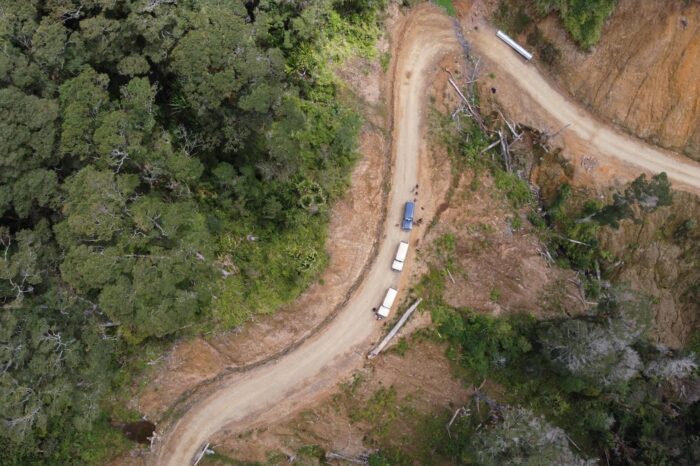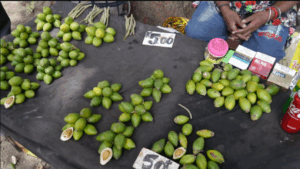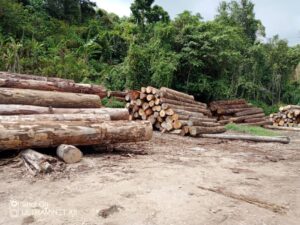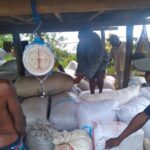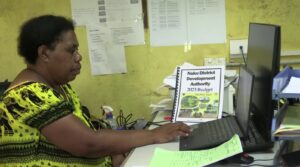Maisen Hungito writes about the hardships of coffee farmers in his home district of Kabwum
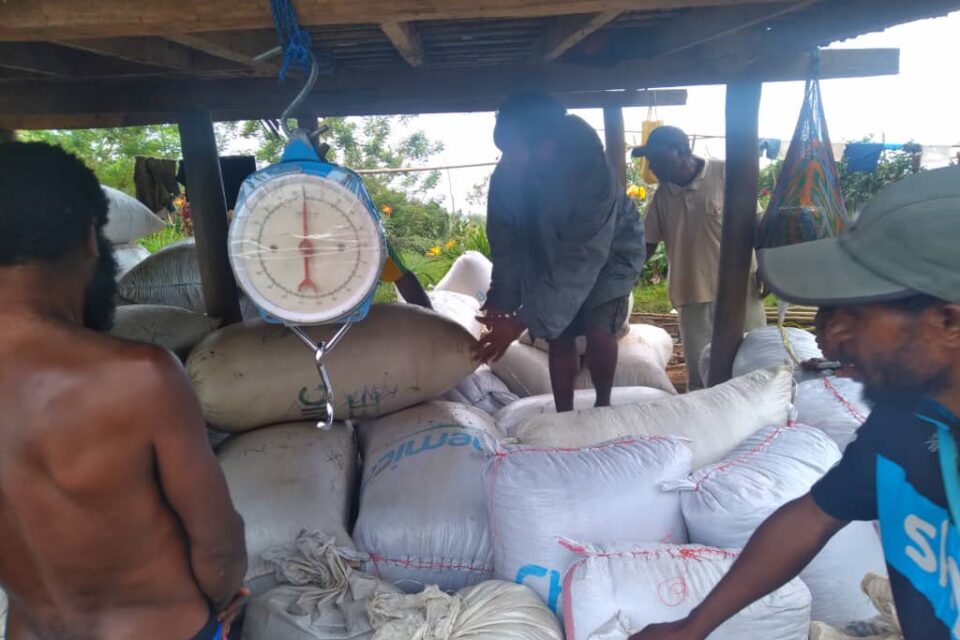
Nimbako is a 20 minute drive away from Kabwum station. It is located on the eastern part of the district.
For a local person, it takes almost an hour to walk if you’re carrying store goods and market produce to sell at the market.
Despite the hardships, this is where a sizable portion of Morobe’s coffee production comes from.
Coffee price have been unstable. The people have to carry bags of coffee and walk for hours reaching the station.
Then they transport them to Wasu for a prices ranging from K3 to K5 per kilogram.
Narito Oki, a father of three from Nimbako is a Nursing officer at Kabwum Health Centre. His wife is a primary school teacher at Kabwum Primary School.
Narito recently began buying coffee after years of seeing the struggles his people. He is one of the many others who have tried to support their community in a district where service delivery and transportation is difficult.
For a district like Kabwum, the cost of service delivery and transport drives up the price of goods. For instance, a K250,000 classroom in Lae City will cost upwards of K600,000 when it reaches the district.

.
The price of rice, sugar and canned food doubles and triples the further you go away from a port or a transport stop.
It is against that backdrop that Narito operates.
On average, a Toyota land cruiser can carry between 10 and 15 bags of coffee from Nimbako to Kabwum station then to Wasu depending on the weather and the road condition. A reliable revenue source is almost absent.
Paying for school fees, health care and basic needs can be a problem because the people depend heavily on coffee – a seasonal crop – that doesn’t guarantee money all year round.
The district’s isolations means it’s very difficult to get to. The situation is the same in other local level government areas in Selepet, Komba, Deyamos and Yus.

